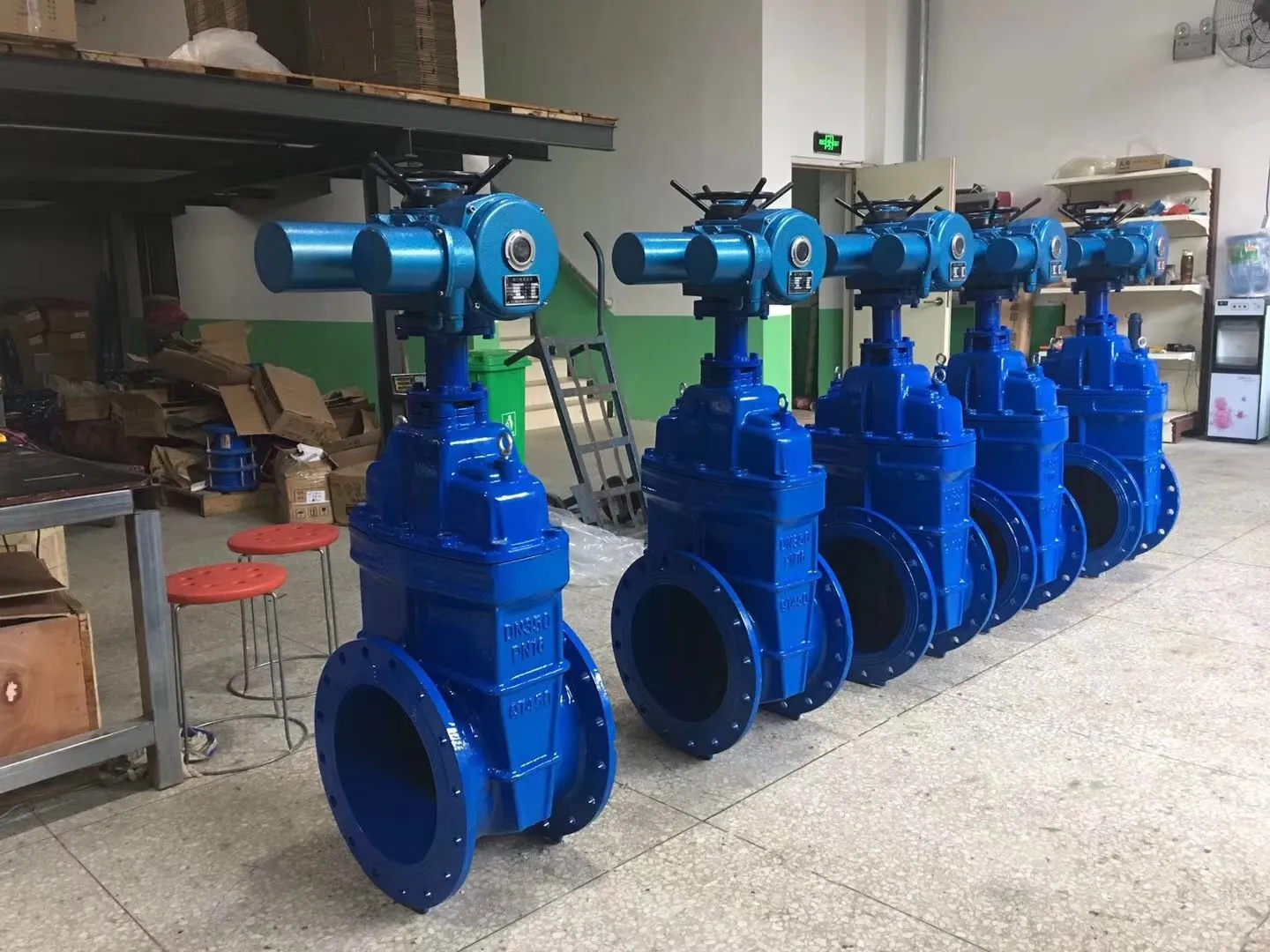ડીસેમ્બર . 12, 2024 15:43 Back to list
Cost Analysis of Surface Plates in Precision Engineering Applications
Understanding the Price of Surface Plates Factors and Considerations
Surface plates are essential tools in various industries, especially in manufacturing, machining, and inspection processes. Their primary purpose is to provide a flat surface for precision measuring and inspection of workpieces, ensuring accuracy in production and quality control. As such, the price of surface plates can vary widely, influenced by several factors that buyers should consider when making a purchase.
Material Composition
One of the pivotal factors affecting the price of surface plates is the material from which they are made. Surface plates are typically constructed from materials such as granite, cast iron, and ceramic.
1. Granite Plates These are among the most popular due to their natural properties of rigidity, stability, and resistance to wear. Granite surface plates offer excellent flatness and are less susceptible to temperature changes compared to other materials. The price of granite surface plates usually ranges from $300 to over $1,000, depending on their size and precision level.
2. Cast Iron Plates Often less expensive than granite, cast iron surface plates are durable and can be easily machined to achieve the desired flatness. Prices for cast iron plates can range from $200 to $800, but they may be heavier and less portable, affecting their utility in some applications.
3. Ceramic Plates These are known for their exceptional hardness and resistance to wear; however, they tend to be the most expensive option. Ceramic surface plates can price upwards of $1,500, appealing mainly to high-precision operations and specialized industries.
Size and Thickness
The dimensions and thickness of a surface plate significantly influence its price. Larger plates require more material and greater processing costs, leading to higher prices. For example, a small granite plate may cost around $300, while a larger one (36” x 24”) could exceed $1,000. Thickness also affects cost; thicker plates tend to be more stable and durable, commanding higher prices.
surface plate price

Precision and Calibration
The level of precision required for a surface plate is another determinant of its price. Plates that are certified for high precision (e.g., those meeting ASME or ISO standards) undergo extensive manufacturing processes and quality control measures. These plates often come with calibration certificates, confirming their flatness and accuracy. The cost for these precision plates generally surpasses that of standard plates by several hundred dollars, depending on the specifications.
Brand and Manufacturer
The reputation of the manufacturer also plays a significant role in the pricing of surface plates. Established brands that are known for high-quality products and reliable customer service typically charge a premium. In contrast, lesser-known or generic brands may offer more affordable options, though they might not always meet stringent quality or precision standards.
Maintenance and Longevity
Purchasing a surface plate is an investment, and understanding maintenance requirements can impact long-term costs. Granite plates are relatively low maintenance, requiring periodic cleaning and inspection. In contrast, cast iron plates may require more frequent maintenance, such as oiling, to prevent rust and wear. Anticipating these maintenance costs is crucial when evaluating the initial purchase price.
Conclusion
In conclusion, the price of surface plates is influenced by several interrelated factors, including material composition, size, precision requirements, manufacturer reputation, and long-term maintenance costs. Buyers should carefully consider these elements to assess which surface plate suits their specific needs and budget. By making an informed decision, businesses can ensure they invest in a quality product that enhances their operational efficiency and precision in manufacturing and inspections.
-
Precision Manufacturing with Advanced Spline Gauge DesignNewsJul.31,2025
-
Industrial-Grade Calibrated Pin Gauges for Exact MeasurementsNewsJul.31,2025
-
Industrial Filtration Systems Depend on Quality Filter DN50 SolutionsNewsJul.31,2025
-
High-Performance Gate Valve WholesaleNewsJul.31,2025
-
Granite Surface Plate The Ultimate Solution for Precision MeasurementNewsJul.31,2025
-
Granite Industrial Tools The Ultimate Guide for Bulk BuyersNewsJul.31,2025
Related PRODUCTS









